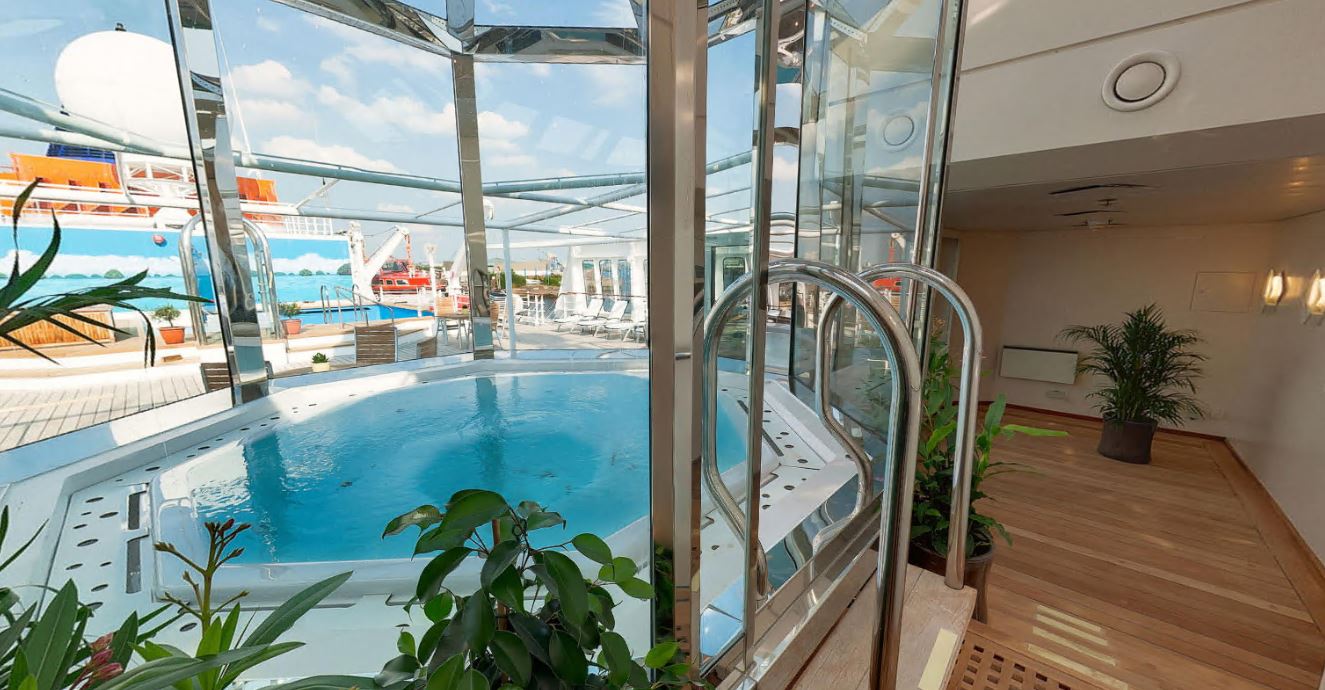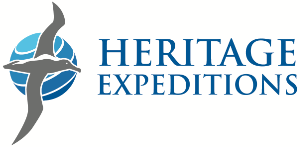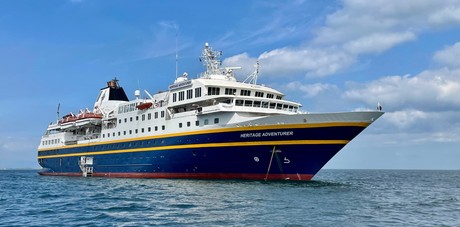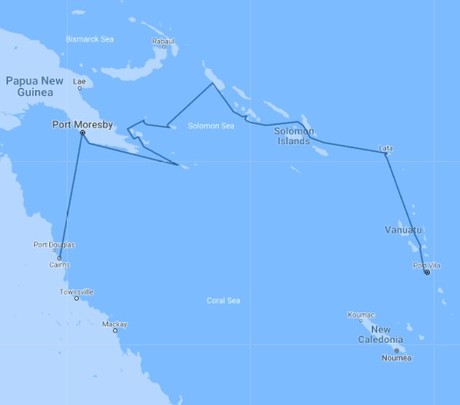Discover the Secrets of Melanesia: Papua New Guinea, The Solomon Islands & Vanuatu 2024
Delve into the culturally rich Trobriand Islands, sometimes called the 'Islands of Love' where indigenous culture continues unchanged for countless generations. Explore the coral-fringed islands of the Louisiade Archipelago and the volcanic wonders of the D'Entrecasteaux Islands, named after the French Explorer Antoine d'Entrecasteaux who discovered them while looking for La Perouse, where sheer mistcovered peaks, wild untamed rivers and rainforest join bubbling mud pools and spouting geysers. Experience the biological wonderland and rare endemic species on remote Woodlark Island and spend a fascinating day exploring Bougainville Island.
Enjoy incredible cultural encounters on Loh Island, join Malaita's Kwaio people in a sacred dance and observe the ancient Rom Dance on Ambrym Island. Discover one of the conservation jewels of the South Pacific on Tetepare Island and snorkel Marovo Lagoon - the largest saltwater lagoon in the world. Visit villages on culturally-rich Malaita Island traditional Malaitan shell-money is still made, used as a dowry and worn as a status symbol. Experience a kaleidoscope of cultures as we explore Vanuatu, where more than 100 indigenous languages are spoken. With over 80 habitable islands, islanders have closely guarded their own cultures and languages. Our expedition embraces some of these cultures and languages, as we explore one of the happiest places on the planet.
Throughout Melanesia there are spectacular reefs, which are home to masses of fish and coral gardens of every colour. These waters offer some of the greatest marine diversity and snorkelling in the world and everybody will have the opportunity to appreciate the beauty beneath the waves. Whether you are snorkelling or swimming, this ocean aquarium is waiting to be explored and discovered.
For birders, this itinerary offers once-in-a-lifetime species on remote, hard to reach islands where endemic species have evolved in isolation. The birding potential is exceptional; each day we visit a different island group which offers the opportunity of unique species including White-eyes, Monarch's, Pigeons and Flycatchers.
|
Book now |
MAIN DECK TRIPLE CABINS

SUPERIOR TRIPLE CABINS

SUPERIOR CABINS DECK 4

SUPERIOR CABINS DECK 5

MAIN DECK SINGLE CABINS

WORSLEY SUITES

SUPERIOR SINGLE CABINS

HERITAGE SUITES

Vessel Type: Expedition Ship
Length: 124 metres
Passenger Capacity: 140
Built: 1991
Heritage Adventurer is a true pioneering expedition vessel of exceptional pedigree. Often referred to as the ‘Grande Dame of Polar Exploration’ due to her celebrated history and refined design, she was purpose-built for adventure in 1991 at Finland’s Rauma shipyard and specifically designed for Polar exploration.Setting a peerless standard in authentic expedition travel, Heritage Adventurer (formerly known as MS Hanseatic) combines the highest passenger ship ice-class rating (1A Super) with an impressive history of Polar exploration. Having held records for the most northern and southern Arctic and Antarctic navigations, and for traversing both the Northwest and Northeast Passages, makes Heritage Adventurer perfect for pioneering New Zealand-based Heritage Expeditions signature experiential expedition travel.Originally designed to accommodate 184 guests, Heritage Adventurer now welcomes just 140 expeditioners ensuring spacious, stylish and comfortable voyages, while a fleet of 14 Zodiacs ensures all guests are able to maximise their expedition adventure. Heritage Adventurer proudly continues our traditions of exceptional, personalised expedition experiences as Heritage Expeditions flagship.
Observation Lounge – One of the most celebrated and best-known features of Heritage Adventurer is the awe-inducing Observation Lounge, Library and Bar. Located on Deck 7 and perched directly above the Bridge, enjoy sweeping 270-degree views through floor to ceiling windows, perfect for wildlife spotting and quick access to the outer deck. Bring your binoculars to spot wildlife, observe the ever-changing landscape, write in your journal or relax with a book.
Observation Deck – Enjoy 360-degree views from the highest point on the ship. The Observation Deck sits above the Observation Lounge and provides exceptional outside viewing options. Stretching the full width of the vessel, this is the perfect spot to take in the surrounding land and seascapes. Perfect on a sunny day, recline in the comfortable sun loungers protected from the wind and elements and watch your voyage unfold.
The Bridge – No expedition is complete without visiting Heritage Adventurer’s busy nerve centre. Located on Deck 6, Heritage Expeditions’ Open Bridge Policy means you are welcome to observe the Captain and crew at work while enjoying some of the ship’s best views. It’s a fascinating place to learn about navigation and vessel operations, however please note the Bridge will be closed when departing or arriving at port.
Dining Room – Indulge in fine international cuisine from our talented chefs in the lavish surrounds of our Dining Room on Deck 4. Sensational 270-degree views provide a stunning backdrop to meals here along with an international wine list featuring many outstanding regional wines. With relaxed seating arrangements, all guests can enjoy dining in a single sitting from hearty breakfasts setting you up for the day’s adventure to sumptuous lunches and multi-course evening dining.
Bistro – Simple fast and delicious meals and snacks are on offer in our relaxed Bistro on Deck 6. Perfect for early risers to enjoy tea, coffee and light breakfast options the Bistro provides great views and opens directly onto a covered and heated teak-deck outdoor dining area.
The Bar and Lounge – The social hub of Heritage Adventurer, the Bar and Lounge on Deck 5 features seating for all guests. Enjoy a beverage at the bar, sink into an armchair, relax on one of the many spacious loungers and watch the world go by through the panoramic windows or make new friends at the communal seating. This multi-tasking space also doubles as the location of daily briefings and evening recaps with the expedition team.
The Gym – Featuring spectacular ocean views, the well-equipped gym is adjacent to the pool, hot tub and sauna in Deck 7’s wellbeing zone. Maintain your routine with an elliptical cross trainer, treadmill, rowing machine, stationary bikes, TRX as well as free weights, yoga mats and fitness balls. Towels are provided with change room and shower amenities nearby.
Sauna and Steam Room – True to her Nordic origins, Heritage Adventurer features a dry-heat Finnish sauna and European steam room on Deck 7. Perfect for warming up post Polar plunge or unwinding after a day’s adventures, the sauna and steam room include change room facilities, showers and towels.
Swimming Pool and Hot Tub – Surrounded by relaxed teak seating including sun loungers, the open-air saltwater pool can be heated or chilled. Encased in glass the hot tub ensures all-weather use, perfect for those who like to relax with a view following a day of exploring.
Lectures and Presentations – Enjoy informative and entertaining lectures on history, biology, wildlife, and ecology in the comfort of the Presentation Theatre. With state-of-the-art audio-visual equipment, our world-renowned expedition team will bring your adventure to life through interactive presentations and discussions.







Inclusions
• Voyage on board in selected cabin category
• Pre/Post cruise transfers
• Experienced expedition leader and team
• All meals while on board
• House beer, wine and soft drinks with lunch and dinner
• All expedition shore excursions
Exclusions
• International and Domestic flights, both commercial and charter
• Travel insurance
• Passport and visa costs if applicable
• Additional beverages other than those noted
• Gratuities
• Any items of a personal nature including laundry
Highlights
• Experience authentic Melanesian cultures and traditions• Explore remote islands and WWII sites
• Snorkel in some of the world's most diverse marine ecosystems
• Birdwatching opportunities for unique and endemic species
• 17-day expedition cruise with incredible cultural encounters and wildlife sightings.
Our Associates Include







